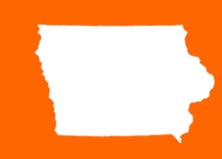

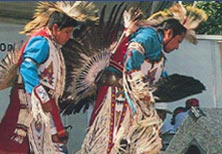
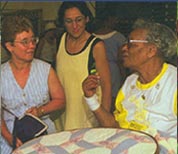
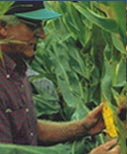

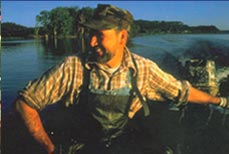
| Resources | ||||||
|
||||||
| Learning Guide |
| 1. Social Studies |
| 2. Language Arts |
| 3. Music |
| 4. Art |
| 5. Special: Multi-Disciplinary, Culminating Activities |
|
Communities are groups that are conscious of their own identity— members feel they “belong.” Members of a community typically share common knowledge and traditions. Communities may be geographic ones—people identifying themselves with a region, a town, or neighborhood—but communities may also be occupational—farmers or boatmen, factory workers or cowboys. There are also ethnic communities and religious communities. Even families and relatives may be thought of as being communities. Folklife (or folk culture) is the traditional, expressive culture shared by members of a community. Folklife is what gives a community a sense of its identity. Folklife includes the customs, stories, beliefs, skills, language use, rituals, music, crafts, foodways, songs, dances, and architecture of the community. Generally, these community traditions are learned orally, by imitation, through practice and performance; they are usually maintained without formal instruction, through face-to-face interaction.
Folklife Background Watch the video Profiles, segment 1: Iowa Communities and Iowa Folklife (15 minutes), prior to viewing with students. The video provides several basic examples of people practicing various traditions (forms of folklife) to express their identity as members of communities. The transmission of knowledge in each case was through family members and relatives.
Sometimes the boundaries of classification, say, between a family and town tradition or an ethnic and religious tradition, may be ambiguous. More important is that community identity can be compounded in interesting and complex ways. |
||||||||||||||||||||||||
Previous |
| | Next |
| Objectives | ||||||||
Students will be able to:
|
| Cross References |
Instructional Program: Understanding Folklife and Folklore, Where People Come From, Community Development, Folk Groups and Community Folklife |
| smithsonian institution |
 |
pioneer hi-bred international, inc. |
iowa sesquicentennial commission |
 |
iowa arts council |
